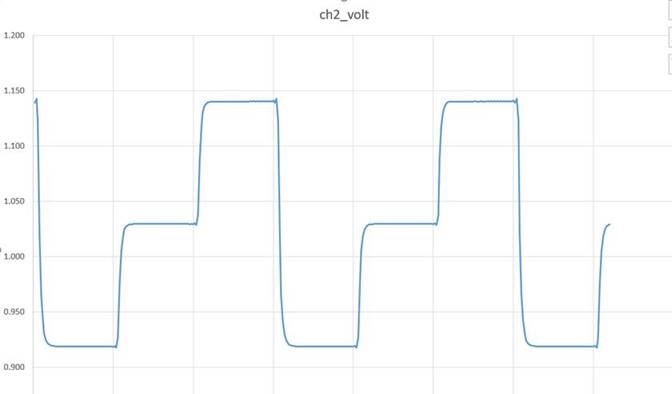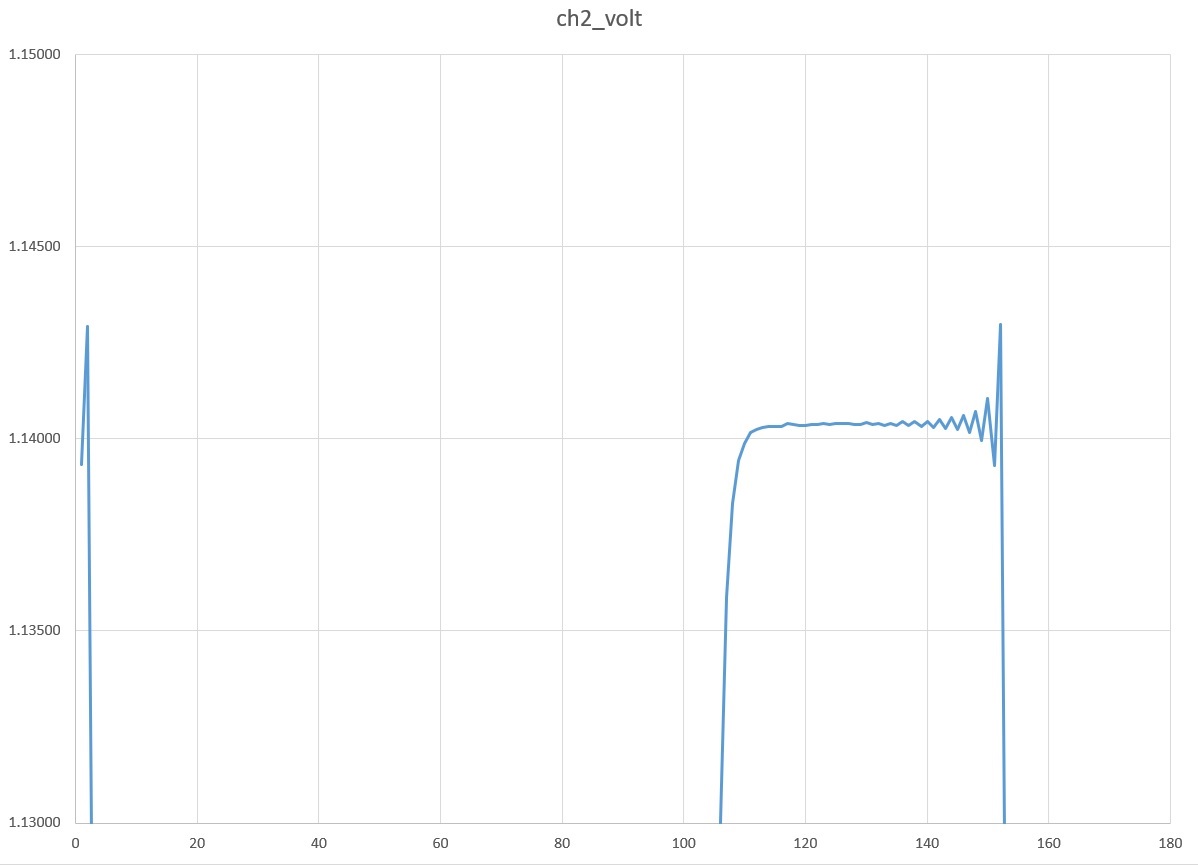Other Parts Discussed in Thread: ADS131M08, ADS131E08
I use the ADS1278 in an application where the input signal changes in steps.
The ADC input signal is a response of a measurement device to an excitation signal created with a DAC.
The excitation signal can be changed.
I’m interested in reducing or eliminating the ringing in the step response of the ADS1278 by ‘rounding off’
the corners of the excitation signal. A simple first order low pass filter eliminates ringing after the edge
but some ringing before the edge remains.
What I’d like to know is how to ‘slow down’ the excitation signal so the edge times are as short as possible
but are not causing ringing in the response of the ADS1278.




